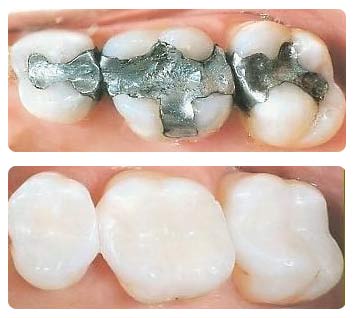How to Fill a Cavity Yourself

A cavity in your tooth or teeth can cause you a lot of trouble if you do not get it fixed by filling.
Filling a cavity can be very expensive if the decay in the tooth or teeth is deeper than normal. Most of the times, a cavity can be healed by temporary (cement) filling, which anyone can do without getting help from a professional dentist.
However, if the decay (cavity) is deeper than normal, you must see a certified dentist for permanent filling. You are advised not to do permanent filling by yourself as it requires expensive tools and expertise.
Things Required:
– Dental mirror
– Probe (explorer)
– Spoon (spoon excavator)
– Tweezers (cotton pliers)
– Mixing tool for cement (wooden spatula)
– Filling tool or filling instrument
– Zinc oxide
– Oil of cloves.
Instructions
-
1
Dry up the cavity
Keep the cavity dry before you attempt to apply filling as it will make it easy for you see what you are doing. Cement that you will be using for filling, works better with dry cavity and stays intact for longer. You can place small cotton rolls between the gums and cheeks to keep the cavity from getting wet.
You will probably have to keep replacing the wet cotton rolls with dry ones from time to time while you are working your way through. -
2
Clean the cavity/decay
With the help of spoon tool, clean the edges and walls of the cavity. If the part of the tooth where cavity is weak and thin. Break it with the help of “dental hatchet,” as it will make sure that cement stays in the strong areas of the tooth, making the filling intact for a long time. -
3
Mix the cement
Pour some zinc oxide on a smooth glass and add a couple of drops of oil of cloves (eugenol liquid). Mix the material with a mixing tool. Add more powder and stir the material until it takes a thick form. Make sure the cement is not too sticky. If it sticks, add more zinc oxide. -
4
Apply cement on cavity
Make a small ball of cement and put it at the end of filling tool. Apply the cement on the cavity and spread the material across the surface of hole/decay. Make sure you cover the decay tightly as it will stop the cavity from growing further.







